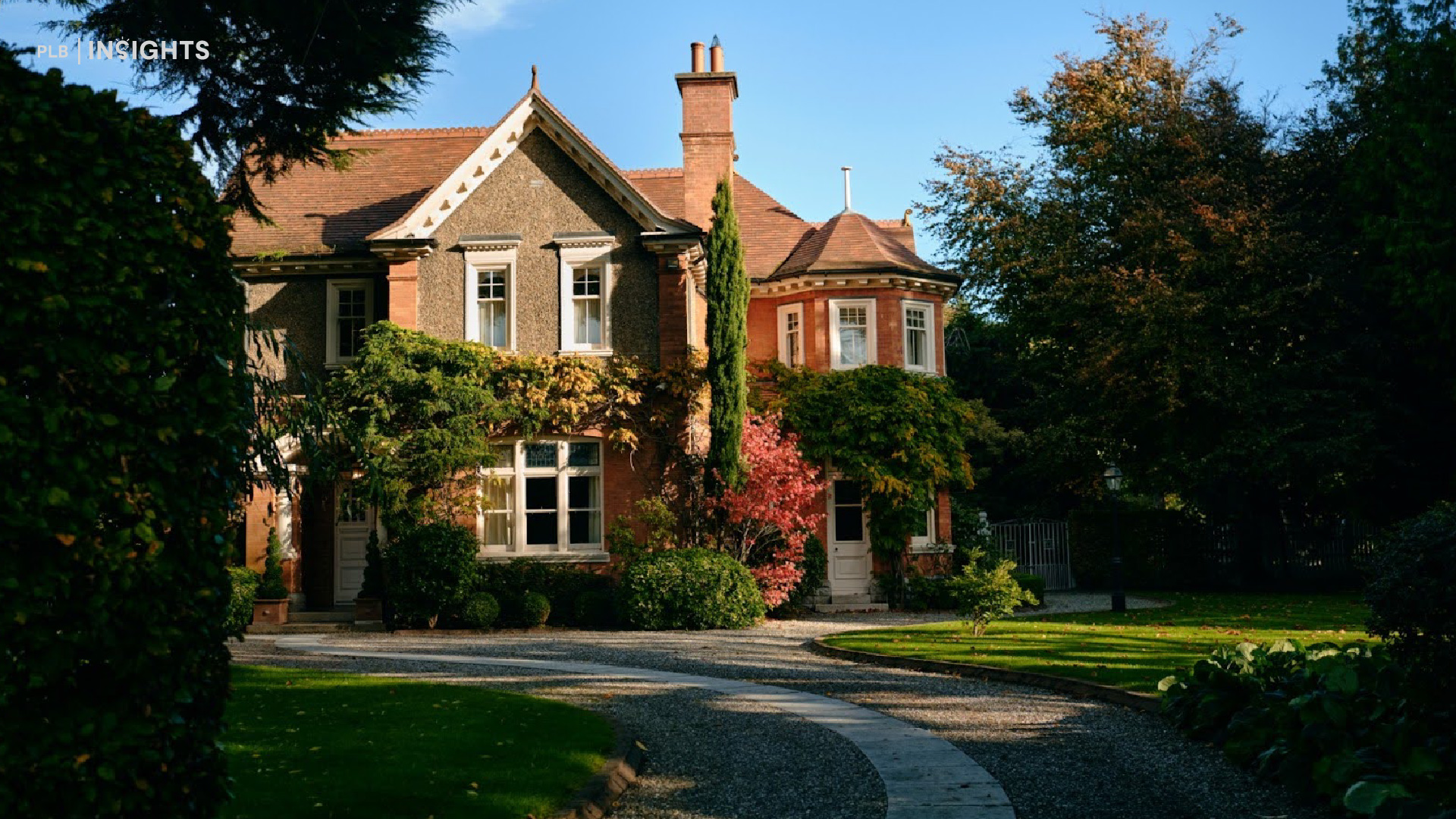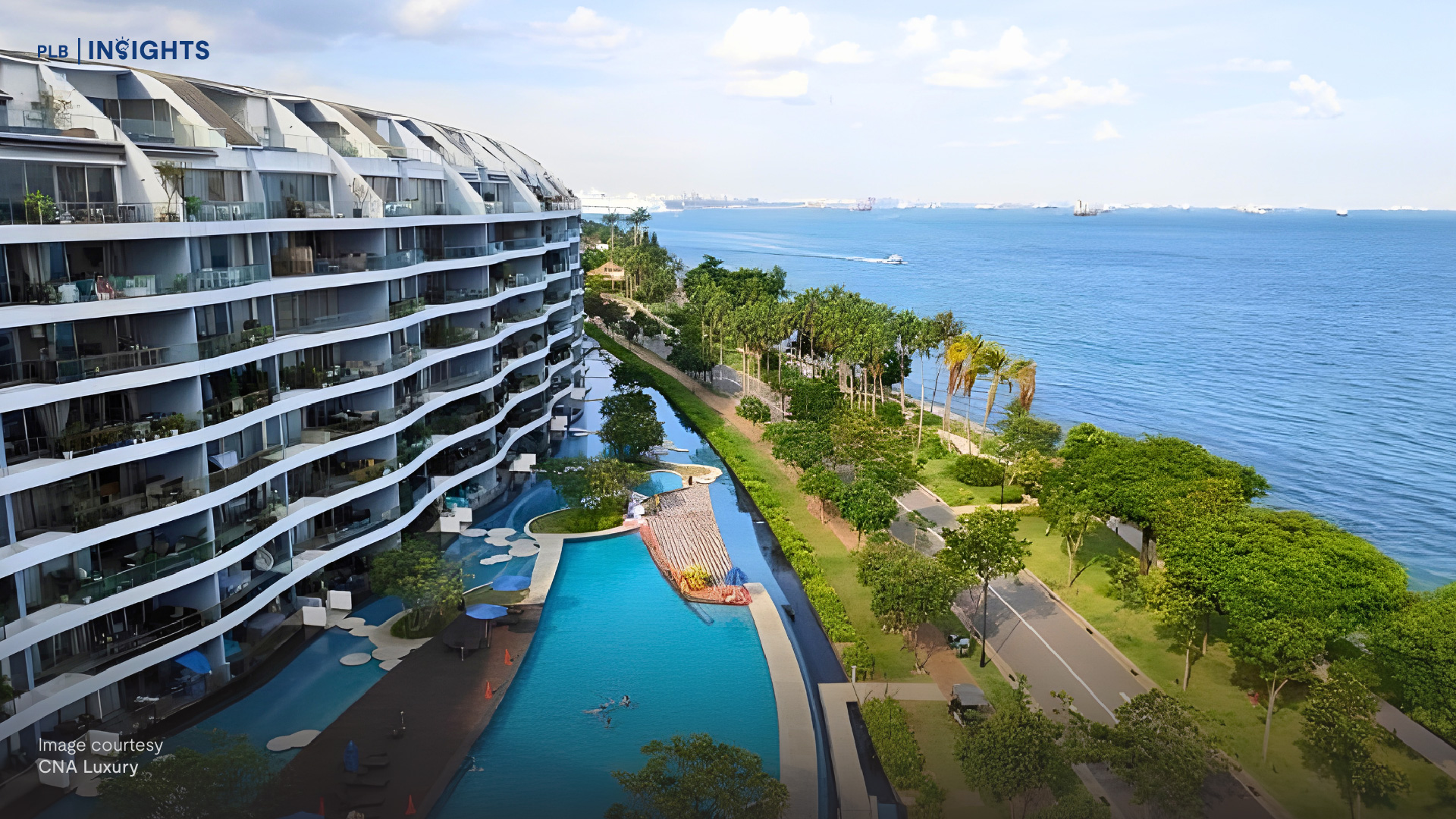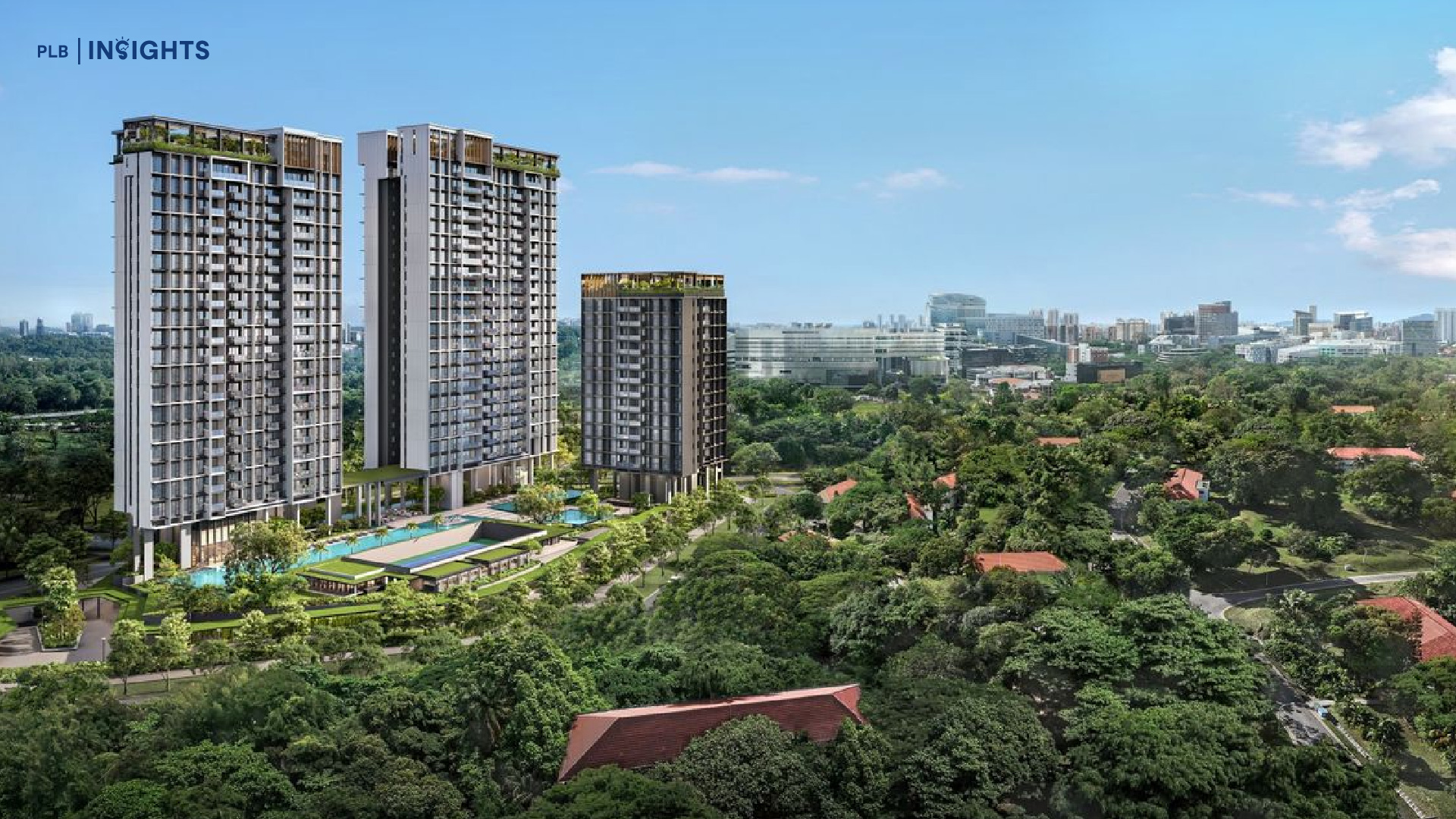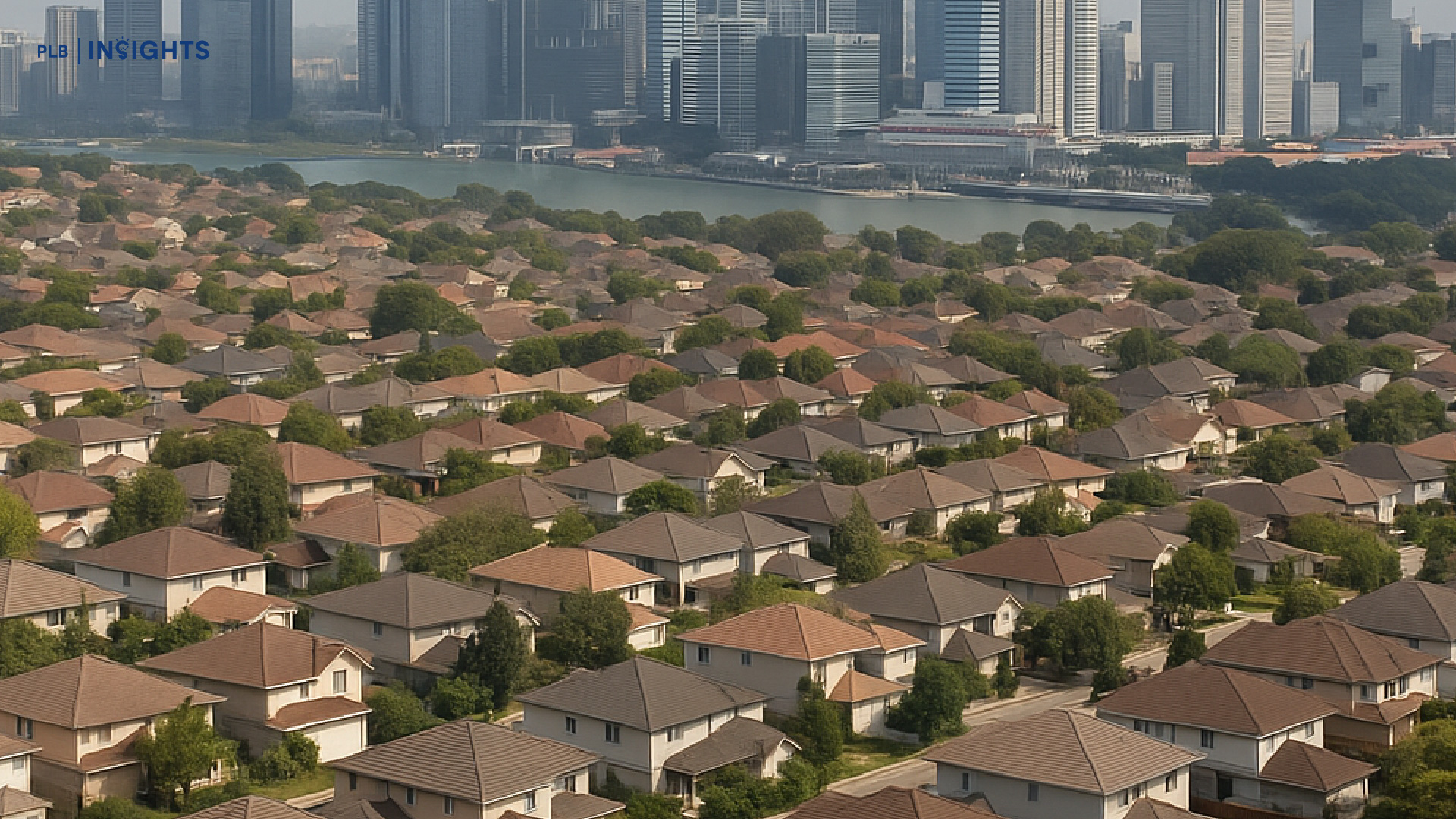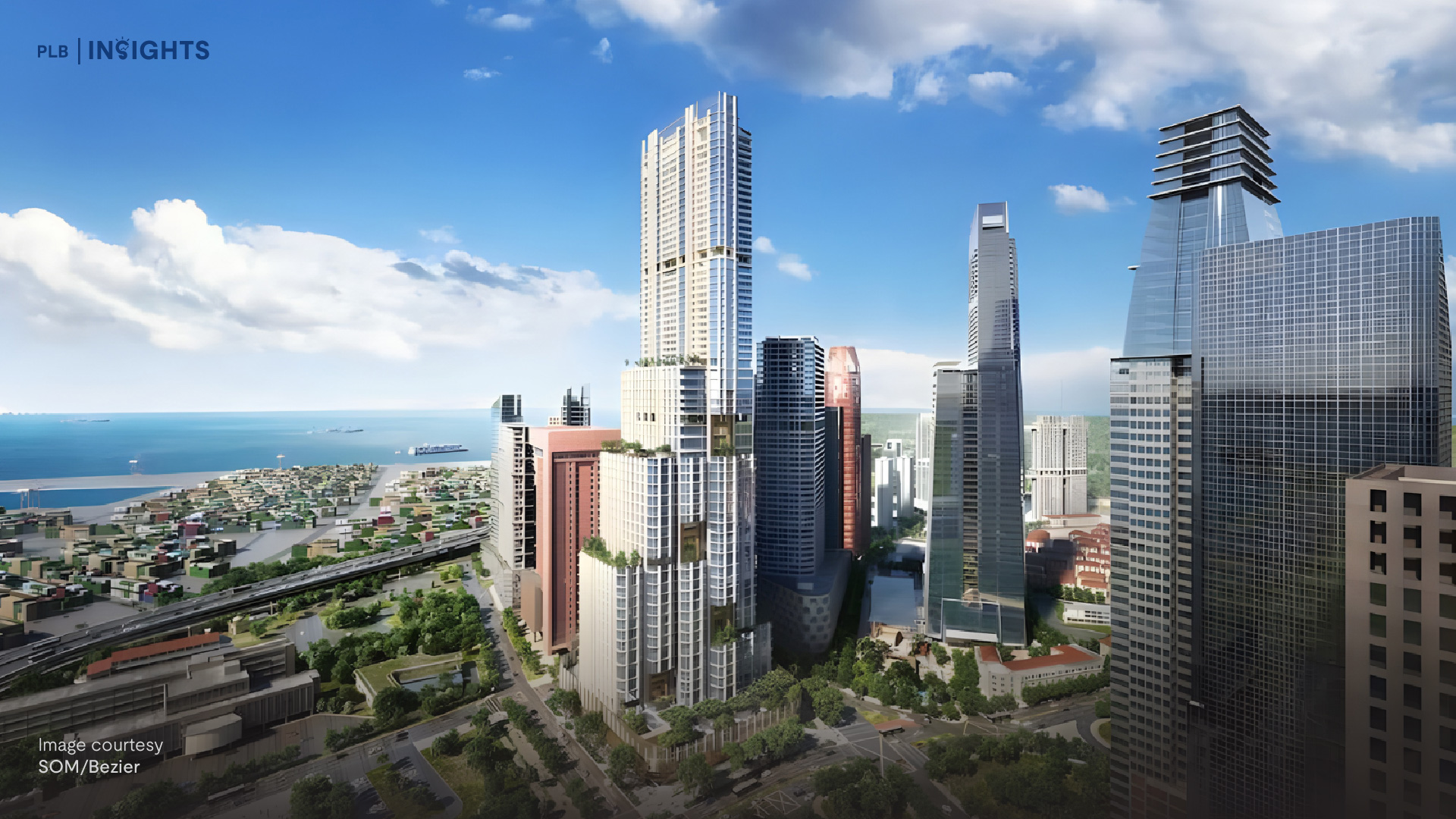
Renowned for its innovation and diversity, Singapore’s real estate market offers an abundance of property types that cater to the various, unique preferences and needs of residents and businesses alike.
In this article, we delve into the different types of residential, commercial and industrial properties available in Singapore. We provide you with an in-depth understanding of each property type within the three categories.
So whether you’re looking for a new place to call home, an aspiring business owner, or a curious reader wanting to learn about the different options available in the market, read on to learn more about some of the different property types available in Singapore!
Residential Properties
The first category of the property types caters to locals and foreigners looking for a place to live. Residential properties in Singapore consist of a range of public, private and hybrid housing options. These come with facilities and amenities that offer convenience and provide a sense of community to residents.
HDB Flat

Established in 1960, the Housing Development Board (HDB) is responsible for public housing in Singapore. An HDB flat is a public housing unit that comes in various sizes and types to cater to different family and household needs and budgets. Some examples of these are studio apartments, flats with two to five rooms, as well as 3gen and executive flats.
Moreover, HDB flats are well-planned and situated in areas that offer a range of facilities and amenities to residents. Residents have convenient access to public transportation, hawker centres, gyms, playgrounds and green spaces, and education institutions among many others.
HDB flats are the main type of affordable housing with over 80% of Singaporeans calling them home. The different schemes offered by HDB further ensure affordable housing options for residents. Some of these are: Built-to-Order (BTO), Sale of Balance Flats (SBF), and open booking for new flats.
The BTO Scheme is exercised four times a year, and allows applicants to choose the type of flat and project they wish to purchase and participate in a ballot. Successful applicants typically have to wait for two to four years for the flat to be built and ready to occupy.
Under the SBF Scheme, flats that were not sold in the previous BTO launches or repossessed by HDB are put up for selection twice a year. Applicants can apply for the estate and flat of their choice, after which a ballot takes place amongst those that chose the same flat type. Successful applicants are then able to select a unit from their chosen estate on an appointment basis.
Another option for buyers is the open booking for new flats. With this, buyers are offered unselected flats from the SBF and they can apply for a flat at any given time online. And for resale flats, buyers must follow a set of procedures put up by HDB.
Do note that for SBF and open booking of flats, some units offered by HDB may have shorter leases due to the age of the development.

Condominium

A condominium, condo for short, is a type of residential property composed of individually owned units that are a part of a development with common areas and facilities that residents have shared ownership of.
The three major types of condominiums are mass-market, mid-market, and high-end condos. As the titles suggest, these three classes of condominiums cater to three different markets on the basis of price, facilities they offer, and the location.
Condos also come in different unit types such as penthouse units, loft units, studio units, single and multiple-room units, and duplex condominiums. The common amenities and facilities offered to residents of a condominium include a gym, swimming pool, function rooms, gardens, playgrounds, parking areas, tennis courts, and security services. Additionally, for a property to be considered a condominium, it is required by law for the development sites of condos to be a minimum of 40,000 square feet.
Condos are a type of private residential property, however, executive condominiums also share many similarities with them in terms of amenities and facilities despite being a public-private hybrid residential property. What sets them apart is that, unlike the private property status condominiums are given, ECs are public property up until the 11th year of construction.
Walk-up Apartment
Walk-up apartments are units within residential buildings that do not have any elevators or lifts, and they are a part of older developments. Many of these apartments were built before Singapore was introduced to modern housing with lifts. These apartments are generally within low-rise buildings that are two to four storeys high and are much more spacious than newer condos and flats. However, as they do not have lifts, this property type is generally unsuitable for the elderly and physically impaired.
Unlike modern condominiums, walk-up apartments do not come with amenities like swimming pools, gyms, or gardens. However, residents still have access to amenities and facilities that are in proximity to the neighbourhood. Some examples of where walk-up apartments are in areas like Farrer Park and Tiong Bahru.
Learn more about the history and essential features of walk-up apartments here!
Terrace House
A terrace house is a type of landed housing that is typically two to three storeys high and shares side walls with neighbouring terrace houses. These houses are designed linearly, which means that they are a part of a row of houses.
In comparison to condos and apartments, terrace houses typically have a larger floor area and come with a garden/backyard but do not come with shared facilities and amenities. However, residents are free to undertake A&As to customise their private spaces to build pools and home gyms as long as they meet the appropriate guidelines.
Read more about guidelines here.
Detached & Semi-Detached

Detached and Semi-detached houses are types of landed properties that have multiple storeys to offer more floor space and come with private amenities such as pools and gardens. With these property types, homeowners also have more flexibility and control over customisations and renovations in their houses.
Detached houses, which are also known as bungalows, are properties that are not connected to any other units or buildings. Bungalows are the largest types of housing available in Singapore. In contrast, semi-detached houses are houses that share a common wall with another house. These are attached either on the sides, or back-to-back.
Good Class Bungalow
A Good Class Bungalow (GCB) is considered to be the most exclusive and prestigious landed property in Singapore due to its large size, high price and limited supply. These bungalows also represent less than 1% of property, with approximately 2880 land plots in Singapore.
GCBs are built on land that must be a minimum of 1400 square metres and have a maximum site coverage of 40%, giving homeowners a high level of privacy, along with the space to build additional facilities and features such as landscaping and greenery in the surrounding land area. This is why a lot of GCBs have well-decorated landscapes with amenities like swimming pools and basketball courts.
In addition to this, GCBs are only allowed to be built in 39 areas across Singapore that sit within the country’s Prime Hexagon, across districts 10, 11, 20, 21, and 23, ensuring their exclusivity.
Depending on factors such as location, land size, and design, the prices of GCBs can vary. However, they are among the most expensive bungalows in Singapore with prices being as high as $29 million. In fact, the most expensive sale of GCBs at the time of writing is the deal of three GCBs (42, 42A, and 42B) next to each other at Nassim Road for $206.7 million!
Cluster House
Cluster houses, or strata landed houses, are a hybrid between landed houses and condominiums. This means that they are individually owned units with shared common facilities such as landscaped gardens, playgrounds, gyms and security systems. With this property type, residents have the privacy that is offered by a landed house and the benefits of condo-like facilities and amenities that are managed and maintained by a management committee. That would also mean that residents of cluster housing pay a shared pool of maintenance fee. Whereas owners of pure landed houses bear the maintenance cost of their own home.
What differentiates this residential property from a condominium development is that cluster houses typically only consist of low-rise buildings and can include a combination of detached and semi-detached bungalows, as well as terrace houses.
Shophouse

A shophouse is a small, terraced, multi-use house that is residential and commercial in nature. These buildings are generally two to three floors high, built in blocks with common walls, and include different decorative elements like colourful tiles, carvings and facades.
Shophouses hold a special place in Singapore due to their unique architectural build and historical significance. These buildings were constructed in between the 1840s and 1960s and form the majority of the country’s conservation buildings. Moreover, the architecture of different shophouses further highlight Singapore’s history, with 6 distinctive styles that we previously explored.
The upper floors of a shophouse are used for residential purposes as these floors are living spaces with living rooms, bedrooms, bathrooms, and even kitchens. Some shophouses also have a terrace or balcony.
Commercial Properties
Commercial properties in Singapore cater to an array of enterprises and different businesses. This category includes retail spaces, office buildings, banks, markets, shops and other spaces that are tailored to support a booming business ecosystem, attract global companies alongside local ones, and provide an opportune environment for commerce.
Retail & Service Spaces

Retail and service spaces such as shops, malls, department stores, restaurants, fitness centres, health and beauty centres, and supermarkets are all important components of the commercial property sector in Singapore. All of these places cater to different markets and offer a variety of products and services.
Many of these spaces are located throughout Singapore and are either a part of large shopping complexes or are standalone units. Moreover, they garner a significant amount of foot traffic from locals and tourists.
An uncommon example of a commercial property used for services is a Medical Suite. Take a look at the Novena Medical Suite, which we sold last year!
Office Building

An office building is a type of commercial property that is specifically designed for various professional organisations. Office buildings have floor plans and amenities that cater to the needs of businesses. They range from small, individual offices to conference rooms and facilities, break rooms, lobbies, reception areas and common spaces. Amenities in office buildings include elevators, security systems, and even fitness centres and outdoor spaces.
These are typically classified into three common categories, namely, Class A, Class B, and Class C. Class A buildings are more recently renovated and have high-quality amenities and up-to-date systems. Class B and Class C buildings are usually older, may be situated in a less prominent location, and have fewer amenities and older systems.
Moreover, the majority of office buildings are located in Singapore’s CBD. Some other locations that have office buildings are Jurong, Orchard, Buona Vista and Bugis Street. Employees and clients have convenient access to public transportation, restaurants, shops and other services close by.
Hotel

A hotel is another type of commercial property. Singapore has a range of different hotels such as resorts, luxury hotels, business hotels, and boutique hotels. These accommodate different traveller preferences and budgets with their varying sizes, features and amenities.
Hotels are located throughout Singapore in mostly prime locations of the city including Marina Bay, Sentosa, Orchard, Little India, Bugis, and many more to ensure that travellers have access to tourist attractions, dining, shopping, entertainment, and of course transportation options. While we are generally more accustomed to chain hotels in tall buildings, an interesting fact to note is that some Shophouses have been repurposed to create unique boutique hotels for a differentiated experience.
Shophouse
As you can see, shophouse is mentioned again under the commercial property category. This is because the ground floor of a shophouse is typically used for commercial purposes. These shophouses are a place for small businesses such as cafes, boutiques, restaurants and art galleries to thrive. This commercial space is situated in popular areas like Chinatown and Little India and attracts foot traffic consisting of both tourists and locals.
Industrial Properties
Industrial properties are designed to facilitate industrial activities such as manufacturing, distribution, logistics and other various activities. Factories, warehouses, industrial parks and other logistic spaces fall under this category. Singapore’s industrial properties provide modern infrastructure and spaces that support the country’s industry verticals.
Warehouse
A warehouse is a type of industrial property that is used for logistics activities such as handling, storage and distribution of various products. Warehouses are typically leased by businesses that are involved in e-commerce and manufacturing, among others.
These properties come in various sizes and can have multiple levels. Additionally, warehouses are well-equipped with facilities such as loading docks, shelving systems, high ceilings, and temperature control systems to ensure the safety of goods and to accommodate efficient movement and storage of products. Warehouses are located near major expressways, ports and airports for further ease in movement of goods.
Factory
A factory is a type of industrial property that is used for production or manufacturing activities. These properties are built to accommodate the equipment required to carry out manufacturing operations such as assembly, processing and packaging of different goods and products. This includes water, electricity and waste management systems, production floors and assembly lines.
Factories are further categorised into two types: B1 and B2.
B1 factories are designated for light industrial activities that include R&D, assembly, packaging, and testing. They have certain regulations and restrictions that limit the use of certain heavy machineries and processes that may emit too much noise and emissions. B2 factories are designed for heavy industrial activities that may deal with the use of heavy machinery, chemicals, metals and flammable substances.
Unlike B1 factories, the ones that fare classified as B2 cannot be located in proximity to residential or commercial areas. Furthermore, they are required to follow stricter regulations and may be subject to special permits and approvals to carry out manufacturing processes.
Final Words
We hope you’ve enjoyed learning about the different property types that are available in Singapore for individuals and businesses alike.
Singapore’s real estate market offers a plethora of properties that cater to a large variety of needs and preferences for buyers and tenants looking for homes and work spaces. By having the knowledge and understanding of the different residential, commercial and industrial property types, you can be equipped with the keys to make well-informed decisions on your next property purchase.
If you have any questions about your property journey, or would like a second opinion on your options in the market, do contact us here for a tailored consultation with our experienced Inside Sales Team consultants.
Stay tuned for more articles covering different aspects of these property types. See you in the next one!

